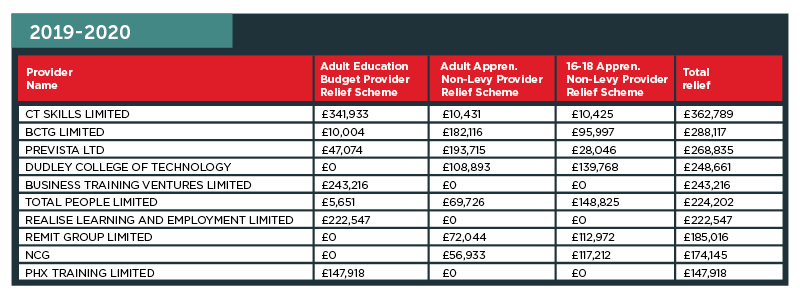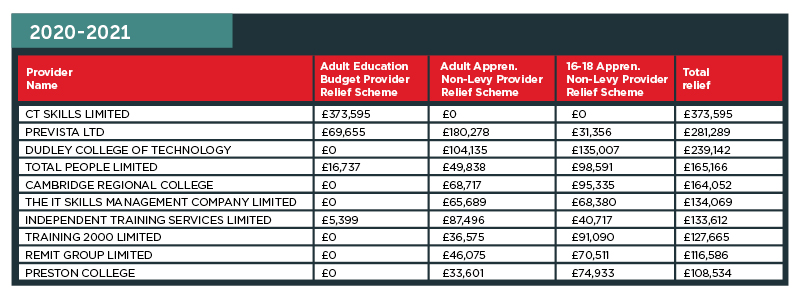People with caring responsibilities and disabilities must be properly understood if they are to access the lifelong loan entitlement, write Ed Reza Schwitzer and Patrick Thomson
In our last piece in FE Week we highlighted that the core challenge for the lifelong loan entitlement (LLE) is behavioural – to have impact, individuals, providers and employers must make different decisions to the ones they make currently.
We also looked at some of the particular challenges faced by those in mid to late career, recognising that four-fifths of the rise in economic inactivity since the pandemic has been among the over-50s.
But we also know that only 53.5 per cent of disabled people aged 16 to 64 were in employment between July and September 2021, compared with 81.6 per cent of non-disabled people.
And in addition, research by Ipsos shows that one in five women (19 per cent) have left a job because of difficulties balancing work with caring responsibilities, and that women account for 85 per cent of sole carers for children, and 65 per cent of sole carers for older adults.
So as well as our existing focus on mid- to late-career workers, we can see that individuals with disabilities and caring responsibilities are also disproportionately excluded from the workforce.
Therefore they could gain substantially from support to train or retrain. However, both groups experience significant barriers to accessing that training.
To test this in more depth we ran two focus groups with participants over the age of 45 and without university degrees, who had either/both an acute caring responsibility, or a physical or mental health condition.
A number of participants across both groups were also unemployed.
We found strong support for training and retraining
We were genuinely moved by the extent to which our participants were motivated to learn and work despite in some cases struggling with day-to-day tasks.
In one particularly harrowing case, a woman had been attacked at work, suffering life-changing injuries, and said she “locked [herself] in the house and didn’t leave for nearly two years”. She regretted not attending university at a younger age, describing that she “fell in love and left my future to be with him”.
They don’t want to sit in a classroom with teenagers and 20-somethings
In another case a woman cared for her partner who had Parkinson’s but she managed to take real joy from doing short courses on cookery at her local FE college.
Indeed, many of our participants described learning as a way not to feel useless again, with one participant referring to people like her as “the zombies of our age group” – marching through life without any support to do something new.
One of the most positive accounts we heard was from a woman who had benefitted from a higher level apprenticeship with her existing employer – which had given her a new direction and sense of purpose.

But training must take account of people’s individual circumstances and experience
Our groups were unanimous in their view that training or retraining for them could not mean “starting at the bottom rung of salaries again”.
They wanted new job opportunities which paid decent wages, taking into account the experience they already had. And they wanted training that was flexible around their needs, for example, at times to suit those with caring responsibilities.
Our participants also did not want to sit in a classroom with teenagers or those in their 20s and be made to feel “like a dumbo”.
One of our participants who suffered from acute anxiety and depression was particularly strong on this point – she wanted to be in classes with other people her age.
People want to feel like someone cares about them
The strongest sense we got from our participants was that they wanted a positive vision in which they were included.
It was quite obvious that participants in these two groups did not feel as though people were interested in helping them.
Whether it was being turned down for training opportunities or passed up for jobs in favour of younger people, there was a strong consensus that they were battling to get any support.
We cannot put it any better than one of our participants who said, “They want us to work until we’re 67 years old but they don’t want to train us after 40”.
It will take a combined effort of employers, government and training providers to change that perception.


